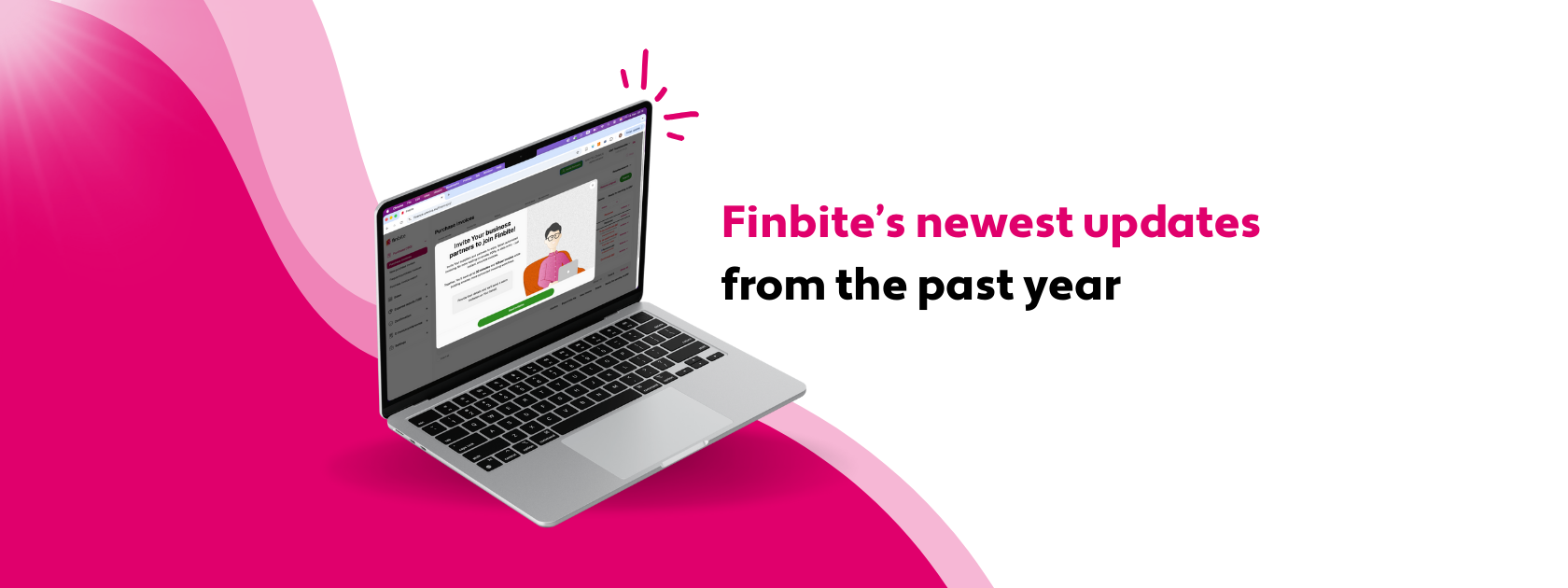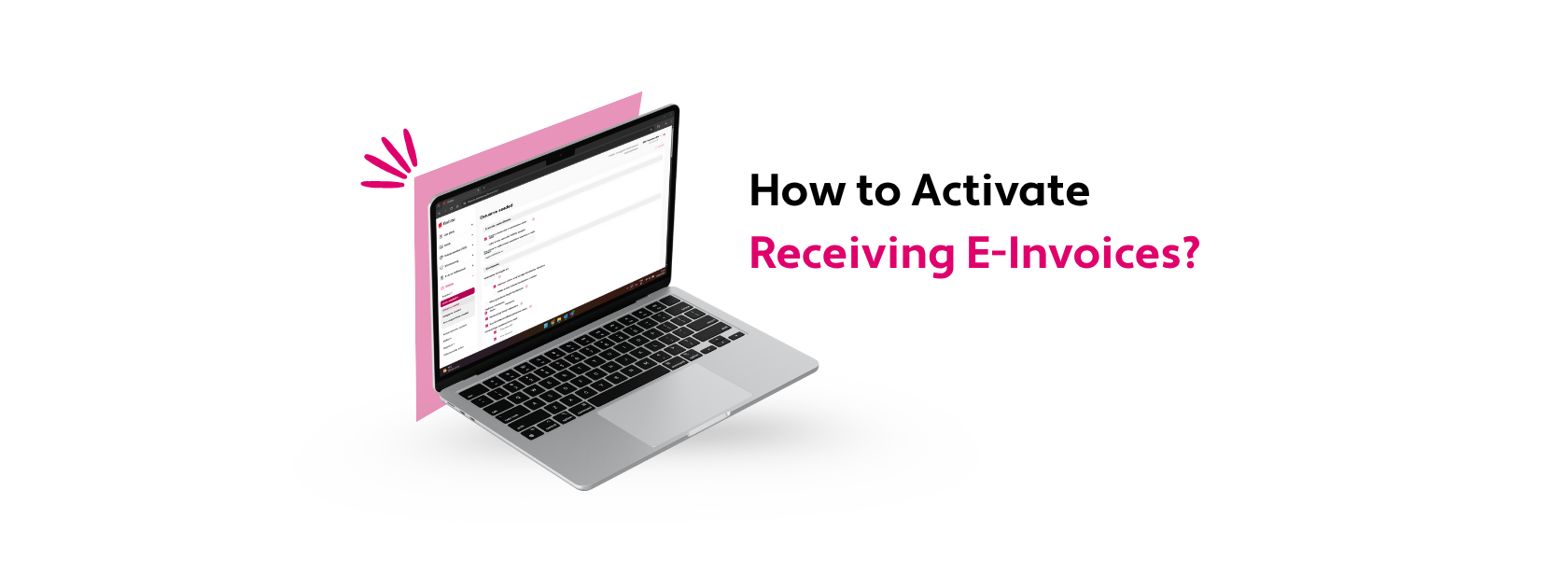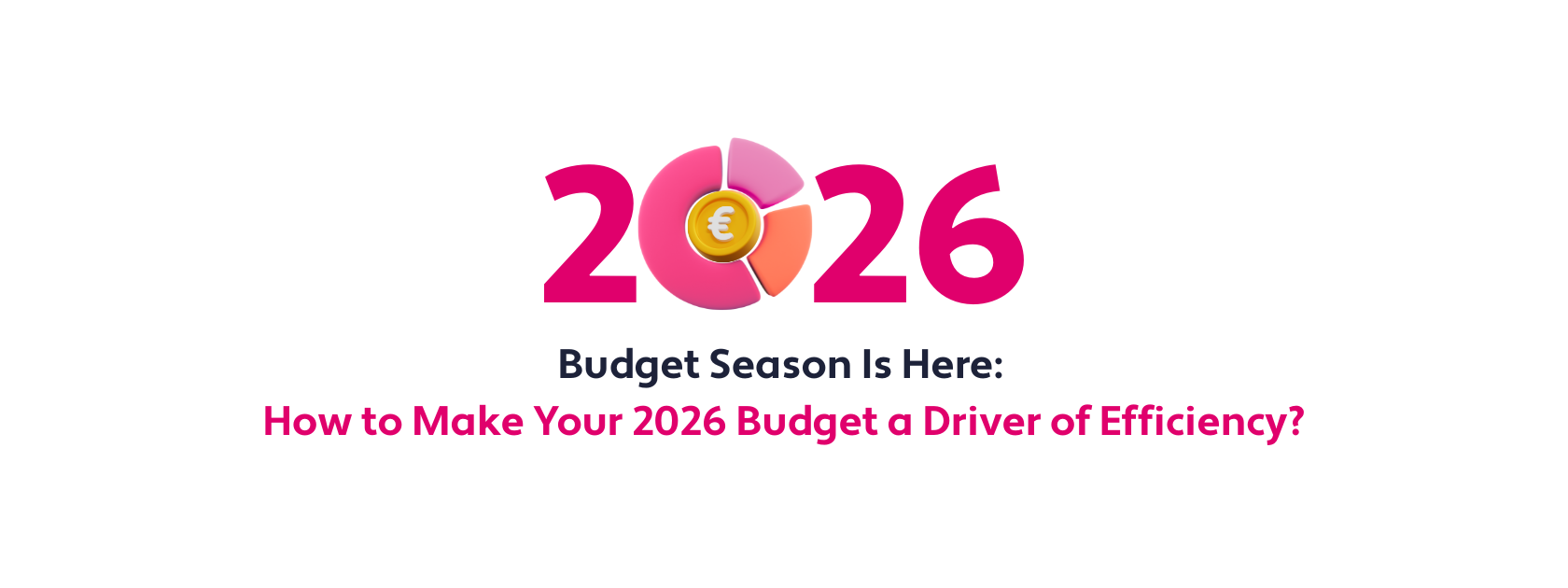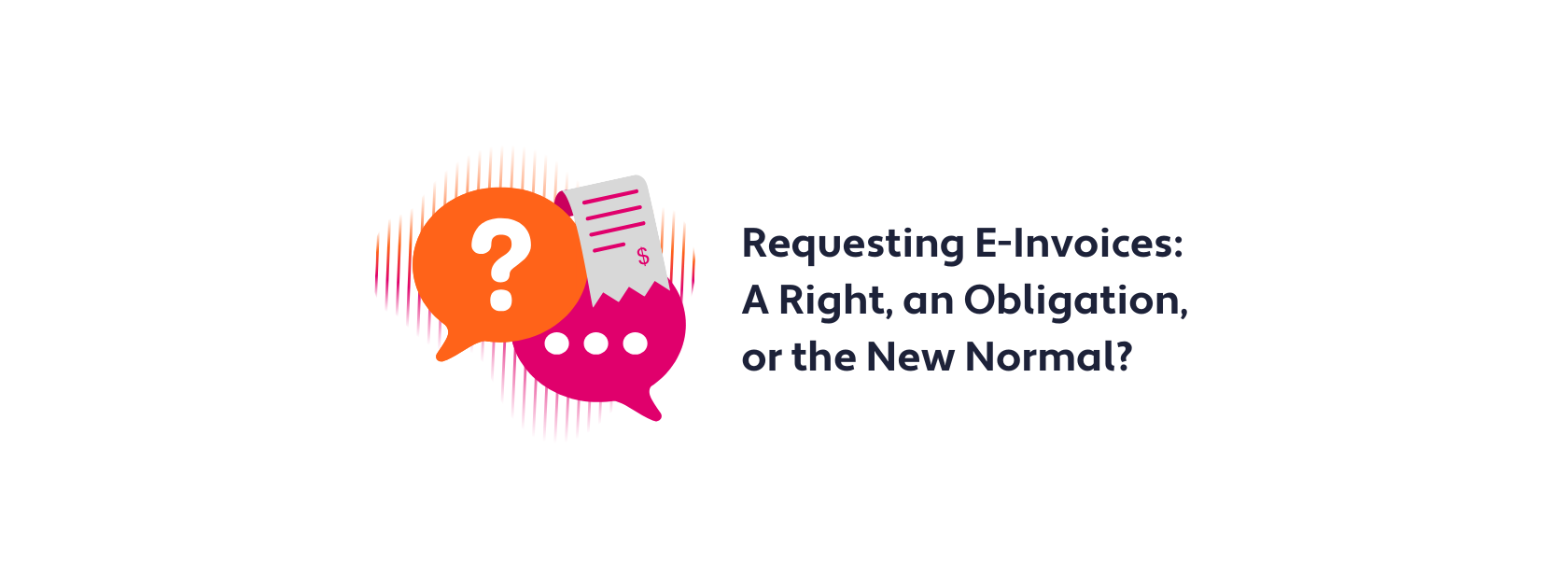
Digital solutions have the potential to reduce labor costs, improve customer satisfaction, and help businesses get an edge on their competition. Due to these benefits (and more), digitalization is becoming increasingly popular. In 2023, 53% of EU businesses took steps to become more digital, a significant increase from 2019.
However, digitalization can be overwhelming for many businesses, due to unfamiliar terms and concepts, and new technologies emerging every day.
In this article on digitalization, we’ll help you understand digitalization in business. We’ll define digitization and digitalization, explore the benefits of digitalization, and provide examples of business digitalization in the Baltics.
In this article
What is digitalization?
Digitalization is the process of using digital technologies to transform business processes, increase productivity, and open up new value-adding opportunities.
Digitalization can be applied to a variety of business operations, including employee training, invoicing, and customer support.
What is the difference between digitization and digitalization?
While the terms digitalization and digitization are often used interchangeably, there is a difference between the two. First, let’s explain what digitization is and why digitization is important.
Digitization definition: Digitization is the process of converting analog information, such as paper documents or physical receipts, into a digital format. Process digitization is a crucial component of digitalization, but it focuses more on the technical aspect of converting data.
Digitalization involves more than simply converting analog information into a digital format and encompasses a broader scope. Digitalization is the fundamental redesign of business processes and models using digital solutions.
It involves leveraging digital technologies to fundamentally change how businesses operate and deliver value to customers. Digitalization considers the strategic implications of digital solutions and how they can drive innovation, enhance customer experiences, and create new revenue streams.
Using the example of digitalized invoicing, the digitization process would be scanning paper receipts and converting them into a digital machine-readable format. Digitalization would involve enabling seamless invoice exchange between businesses, eliminating manual data entry, and providing real-time visibility into invoice status.
Both digitalization and digitization are important aspects of a business’s digital transformation, as the digitalization of business operations requires the digitalization of many smaller processes.
What does the digitalization of business processes mean?
Digitalizing business processes refers to the framework and digital solutions to automate and improve the efficiency of business processes. By digitalizing business processes, businesses can optimize internal operations, create new revenue streams, and open up new opportunities.
Some business processes that can be digitalized include customer service, invoicing, inventory, and receipt management. For a successful digitalization of business processes, all processes must work together smoothly.
Benefits of digitalization
Some of the main benefits of digitization in business include:
- Increased efficiency: Automating manual processes and using digital tools can save valuable time and minimize errors that come with manual data entry.
- Cost savings: Digitalization can reduce the need for manual labor, reduce paper usage, and optimize resource allocation.
- Enhanced decision-making: By digitalizing business processes, businesses have access to more information stored in digital formats. With more available data and analytic tools, businesses can analyze customer behavior, market trends, and financial performance to make more informed decisions.
- Improved customer experience: Digitalized customer service provides customers with personalized, responsive, and efficient support.
- Increased collaboration: Digital tools make it easier for team members to collaborate, even when in different locations. For example, with Finbite, employees can create a digital expense report when out of the office by scanning their paper receipts. Then, a digital confirmation circle lets the accounting department view the expense report and confirm it in seconds.
Examples of digitalization in the Baltics
The Baltic countries are leaders in digitalization, with Estonia, Latvia, and Lithuania all above the EU average when it comes to the digitalization of public services. But aside from public services, many businesses in the Baltics have also digitalized their business operations. Here are some examples:
Omniva
Omniva, an international post and logistics company based in Estonia, has undergone significant digitalization to make its services more efficient and improve customer experience. Omniva has implemented some key digital solutions:
- Mobile app for parcel tracking: Omniva introduced a mobile application to let customers easily track parcels in real time. The app provides updates on a parcel’s location and estimated delivery time, providing greater visibility and control over shipments.
- Digital customs declaration: Omniva has digitized its customs declaration to streamline the international shipping process. Customers can electronically submit customs information, reducing paperwork and minimizing delays in the customs clearance process.
- Online booking and label printing: Omniva has also digitized its booking and label printing system. Customers can easily schedule pickups, create shipping labels, and pay for postage online, saving time and reducing the need for manual paperwork.
- Invoicing: Omniva also uses Finbite to send and receive e-invoices, digitize invoices and confirm invoices and receipts through a confirmation circle.
These digital solutions have helped Omniva increase efficiency, reduce costs, and offer more convenient and flexible services to customers. As a result of its digitalization efforts, Omniva has positioned itself as a leader in the post and logistics industry in Estonia and the Baltics.
Digitalization can extend beyond processes like digital onboarding and online booking. For example, businesses can also digitize invoicing, supply chain management, sales, and marketing.
STEAKS
STEKAS is a Lithuanian company that successfully distributes accounting and business management systems in Lithuania. They help companies in the service, trade, and industrial sectors by giving business executives and employees access to convenient accounting and business management software.
STEKAS uses Finbite’s invoicing software to streamline accounting processes for its clients. According to Antanas Vipartas, Deputy Director of STEKAS, clients are very pleased with Finbite’s invoice digitization and integrations. By digitalizing their accounting processes with Finbite, many businesses have been able to:
- Save time
- Eliminate errors
- Optimize business processes
Megameta MB
Megameta MB, a Lithuanian CNC parts manufacturer, had duplicate purchase invoices going unnoticed in mailboxes and invoices being paid multiple times due to manual data entry errors. To address this issue, they used Finbite to manage invoices and digitize incoming PDF invoices.
- Automated data entry: Digitized invoices are directly imported into the company’s accounting software, eliminating the need for manual data entry and minimizing the risk of errors and duplicates.
- Improved accuracy: Finbite ensures 99% quality and accuracy of invoice data through OCR (Optical Character Recognition) and human verification.
- Digital archiving and compliance: Digitized invoices leave a digital footprint that can be easily audited. This ensures compliance with legal requirements and internal policies, saving time and effort for Megameta during audits.
By embracing digitalization through Finbite, Megameta MB has streamlined its invoice management process, reduced errors, improved efficiency, and ensured compliance.
Key steps to digitalizing business processes
Evaluate current processes
To effectively digitize your work processes, you must define what you hope to achieve through your digitalization efforts. Get feedback from employees and customers to gauge the efficiency of your current processes and identify inefficiencies in your business processes.
Also, look for traditional processes that could be converted into digital processes.
For example, if your business relies on manual invoice approval, a digitized confirmation circle could save you time and money.
Select your digitalization software
Choosing the right digitalization software is essential for successful digitalization. Look for software providers that offer flexible digital solutions. For example, Finbite allows users to send and receive invoices in all digital formats. With Finbite, an invoice digitizer also checks all digitized data to detect any errors made by OCR technology. This makes Finbite the most accurate invoice digitalization software on the market.
Also, look for software that offers different pricing plans, so the software will scale with your business as you expand your operations.
Digital solutions should also be intuitive for both your team and customers. Consult with your employees and clients to find a solution that suits their needs.
Implement software
The next step is to implement the software into your business operations. Successful digitalization of processes takes time and effort.
Educate your staff on how to use the new technology effectively. Give adequate time and support to every employee, depending on their skill level with digital tools. Some software providers offer in-depth training to help employees adapt to the new processes. For example, Finbite offers personalized courses to train employees on invoice digitization.
When digitalizing business processes that directly affect customers, you must inform them. For example, when using Finbite for invoicing, inform customers how this will affect the invoicing process, as well as the benefits of switching to the invoice digitization system. Learn which invoice formats your customers prefer. For example, if you know a customer accepts e-invoices, you know to send them e-invoices instead of PDFs.
You should also inform suppliers on how to work with your new processes. For example, when implementing invoice digitalization software, suppliers should know which format to use when sending invoices (eg e-invoices).
Collect feedback and improve
Digitalization is a continuous process. Always collect feedback from your employees and customers to see where your digitalization efforts are ineffective, or how you could improve your current processes even more. Surveys and customer support chats are both effective ways to get valuable feedback.
Digitalization FAQ
What’s the difference between digitalization and automation?
Digitalization involves integrating digital technologies to transform business processes, while automation focuses on using technology to perform tasks with minimal human intervention.
Automation is a key component of digitalization, but digitalization involves more than simply automating tasks. It encompasses a broader strategic approach that uses digital technologies to transform business processes.
What is the main purpose of digitalization?
The main purpose of digitalization is to improve the efficiency of a business. Digital technologies can fundamentally transform and optimize business operations, improve efficiency, enhance customer experience, and drive innovation.
For example, businesses can digitize invoices with Finbite to speed up the invoicing process, make it easier to store and access invoices, and remove administrative burdens from accounting teams.
Is there a free invoice digitization software?
Finbite offers a free Starter plan that lets users send and receive 5 free invoices (including Peppol e-invoices) per month. While this plan doesn’t allow for the digitization of invoices, users can manually enter data from paper invoices to create and send machine-readable e-invoices.
For more comprehensive invoice digitalization, Finbite offers a Premium plan with other features such as PDF purchase invoice digitization, a digital archive, and ERP integration.
Digitize invoices and receipts with Finbite
Digitalizing invoices and receipts can significantly improve the efficiency of your accounting processes, saving you time and money and improving customer satisfaction. However, successful digitalization requires the right digital tools.
With Finbite you can digitize every aspect of invoicing, including digitizing paper invoices into machine-readable invoices, automating invoice data entry, and streamlining invoice approval.
Get started with Finbite today to streamline your invoicing processes.





